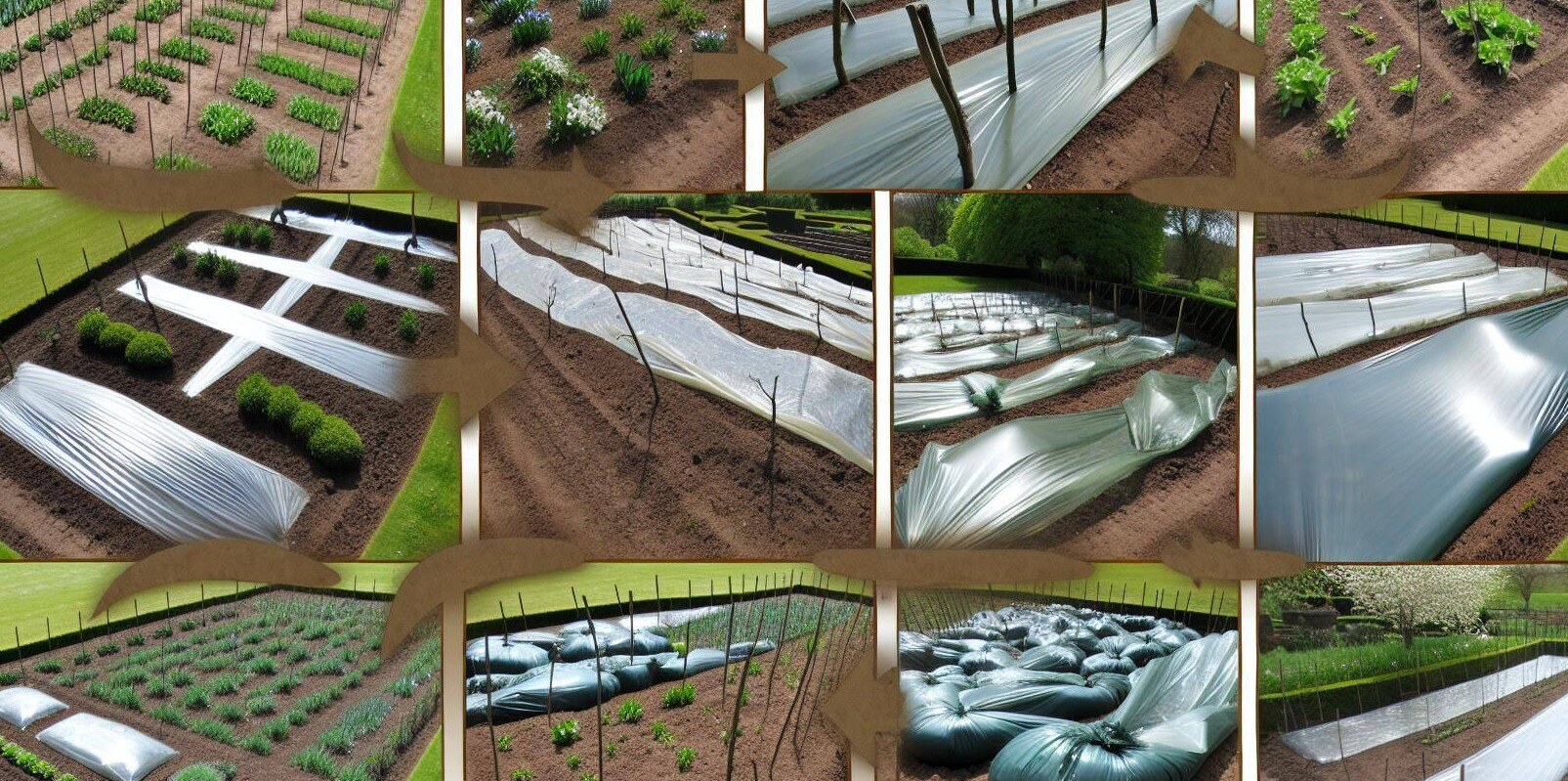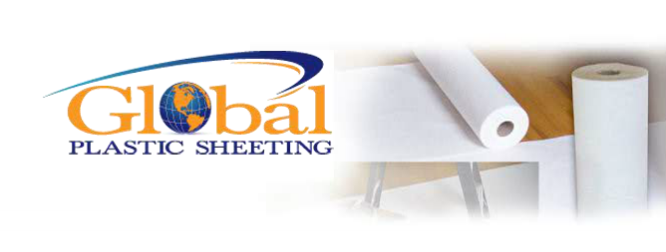Plastic sheeting is an incredibly versatile material that can transform your gardening experience. From blocking weeds to stopping invasive roots and even protecting against harsh sunlight, different types of plastic sheeting offer various benefits. Let’s explore the types of plastic sheeting used in the garden, their applications, and how they hold up under different conditions.

Types of Plastic Sheeting for Gardening
1. Weed Block Plastic Sheeting Weed block plastic sheeting, often made from polyethylene, is a gardener’s best friend. It prevents weed growth by blocking sunlight, which weeds need to germinate and grow. This type of sheeting can be black or clear, with black being more effective at blocking light and therefore better at controlling weeds.
2. HDPE (High-Density Polyethylene) Root Barriers HDPE sheeting is commonly used to create root barriers. This strong, durable plastic prevents the spread of invasive roots, protecting your garden beds and preventing damage to nearby structures. HDPE is especially useful for controlling aggressive plants like bamboo or tree roots that can spread and cause problems.
3. Clear Plastic Sheeting for Greenhouses Clear plastic sheeting is often used in greenhouses to create a warm, humid environment that encourages plant growth. It allows sunlight to penetrate while maintaining moisture and warmth inside.
How Plastic Sheeting Holds Up in the Sun
One of the biggest concerns with using plastic sheeting in the garden is its durability, especially under prolonged sun exposure. Different types of plastic have varying levels of UV resistance:
UV-Stabilized Polyethylene UV-stabilized polyethylene sheeting is treated to withstand the damaging effects of ultraviolet light. This type of plastic can last several years, even under direct sunlight, without degrading or losing its effectiveness.
HDPE (High-Density Polyethylene) HDPE sheeting is also resistant to UV rays and can last for many years outdoors. It maintains its strength and flexibility even when exposed to the sun, making it an excellent choice for long-term gardening projects.
Non-UV-Stabilized Plastic Standard plastic sheeting that is not UV-stabilized will degrade much faster when exposed to sunlight. It may become brittle, crack, or lose its effectiveness in blocking weeds or roots within a single growing season.
Benefits of Using Plastic Sheeting in the Garden
Weed Control Plastic sheeting is a highly effective method for controlling weeds without the need for chemical herbicides. By blocking sunlight, it prevents weed seeds from germinating and growing.
Root Barrier Using HDPE sheeting as a root barrier helps protect your garden from invasive plants and prevents damage to structures from spreading roots. It keeps aggressive plants in check and maintains the health of your garden beds.
Moisture Retention Plastic sheeting helps retain moisture in the soil by reducing evaporation. This is particularly beneficial in dry climates or during hot summer months when water conservation is essential.
Soil Temperature Regulation Clear plastic sheeting used in greenhouses or as ground cover can help regulate soil temperature. It warms the soil in the early spring, allowing for earlier planting and extended growing seasons.
Ready to transform your garden with plastic sheeting? Explore our range of high-quality plastic sheeting products designed for every gardening need. From weed control to root barriers and greenhouse covers, we have the perfect solution for you. Call us today to learn more and start your garden transformation!


